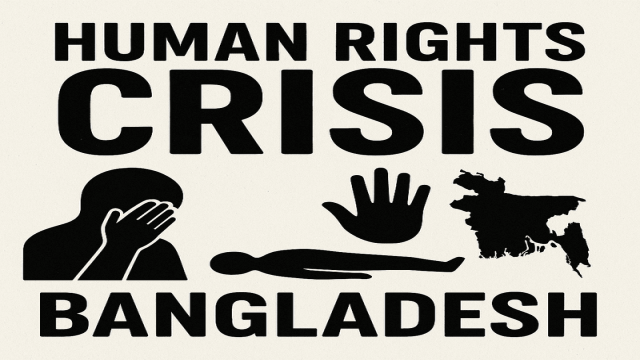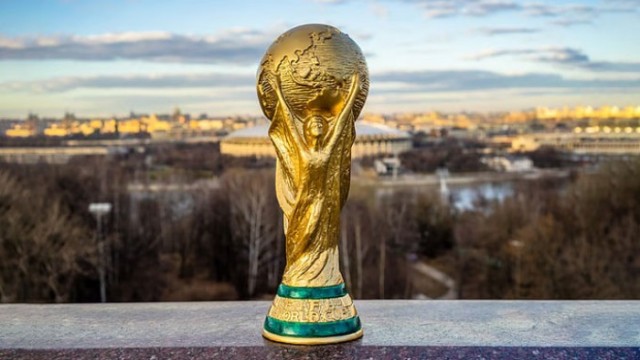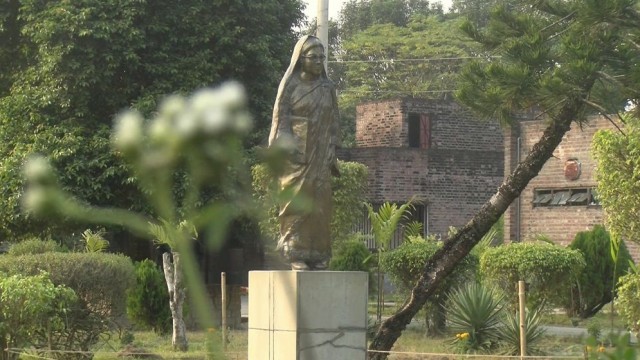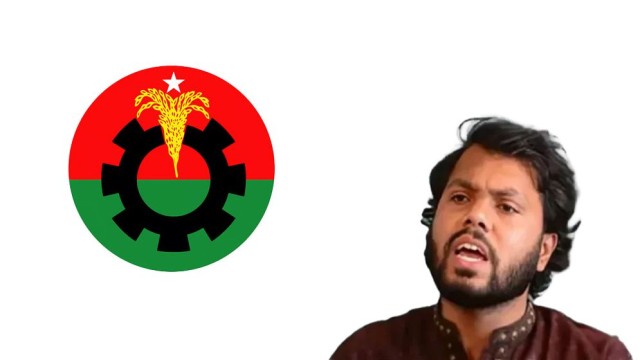Dhaka, Feb 14, (V7N) - Valentine's Day, celebrated annually on February 14th, has evolved into a day of love, affection, and appreciation for loved ones. While this day is now marked with the exchange of flowers, chocolates, cards, and gifts worldwide, the origins of Valentine’s Day are deeply rooted in history, dating back centuries to the Roman Empire.
The Ancient Roman Connection
The history of Valentine’s Day is often linked to the Roman festival of Lupercalia, celebrated in mid-February. Lupercalia was an ancient Roman fertility festival that included rituals meant to promote love and fertility. It involved the sacrifice of animals, and young men and women were paired through a lottery system, sometimes leading to marriage.
However, as Christianity spread throughout the Roman Empire, the church sought to replace the pagan festival with a Christian celebration. It was during this period that the story of Saint Valentine emerged.
Saint Valentine: The Patron of Love
Valentine’s Day is named after Saint Valentine, a Christian priest who lived during the 3rd century in Rome. The most widely accepted story about Saint Valentine’s life centers around his defiance of Emperor Claudius II’s marriage ban. The emperor, who believed unmarried men made better soldiers, prohibited soldiers from marrying. Valentine, however, secretly performed marriage ceremonies for couples, which led to his arrest and execution.
Legend has it that during his imprisonment, Valentine healed the jailer's blind daughter. Before his execution on February 14th, he is said to have sent her a letter signed "From your Valentine," a phrase that is still used today in Valentine's Day messages.
The Catholic Church’s Recognition
In 496 AD, Pope Gelasius I established February 14th as a day to honor Saint Valentine. Initially, the day was meant to commemorate the martyrdom of Saint Valentine, and it became a significant day in the Christian calendar. Over time, the day became associated with romantic love, especially in the Middle Ages when it was believed that birds began to pair up on February 14th.
Valentine’s Day in the Modern Era
By the 14th and 15th centuries, the tradition of sending love notes or poems began in France and England. The first recorded Valentine’s greeting is said to have been written by Charles, Duke of Orleans, to his wife while he was imprisoned in the Tower of London in 1415.
The tradition continued to evolve, and in the 18th and 19th centuries, mass-produced Valentine’s Day cards and gifts became popular, especially in England and the United States. The commercialization of the holiday led to the widespread exchange of cards, chocolates, and flowers.
In the 20th century, Valentine's Day expanded to become a global celebration of love, not just between romantic partners but also among family members, friends, and colleagues. The customs and traditions associated with the day vary from country to country, but the underlying theme of celebrating love and affection remains universal.
Valentine’s Day Around the World
While Valentine’s Day is widely celebrated in Western countries, its reach has spread globally. In Japan, it is common for women to give chocolates to men, with a reciprocal gesture on White Day (March 14th). In South Korea, couples celebrate with gifts and romantic dinners. In Finland and Estonia, Valentine’s Day is seen more as a day to celebrate friendship rather than romantic love.
In some countries, like Pakistan, Valentine’s Day has faced opposition and even bans, due to cultural and religious reasons. However, the celebration continues to grow in popularity in many parts of the world, with people using the occasion to express their love and appreciation in various ways.
Conclusion
Valentine’s Day, from its origins as a religious observance to its current status as a global celebration of love, has come a long way. Its transformation reflects how traditions and cultural practices evolve over time. Whether through a simple gesture or a grand celebration, Valentine’s Day continues to be a day dedicated to showing affection to those who matter most. The history behind the day adds a layer of depth to its modern celebration, making it not only a day of love but also a reminder of the power of kindness and connection across time and culture.
END/SMA/NYC/AJ/































Comment: